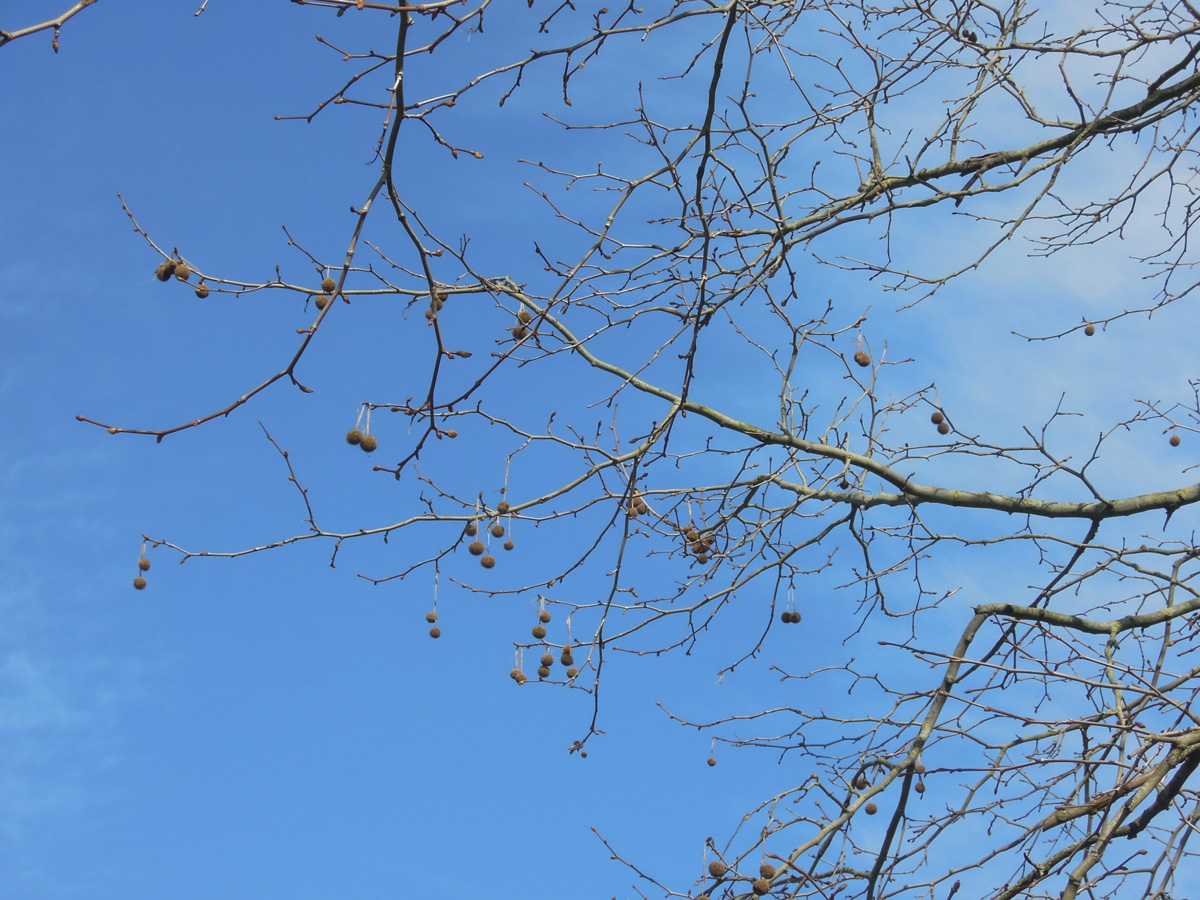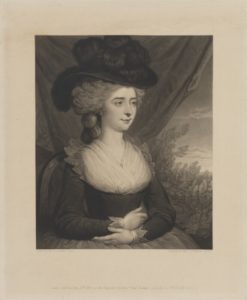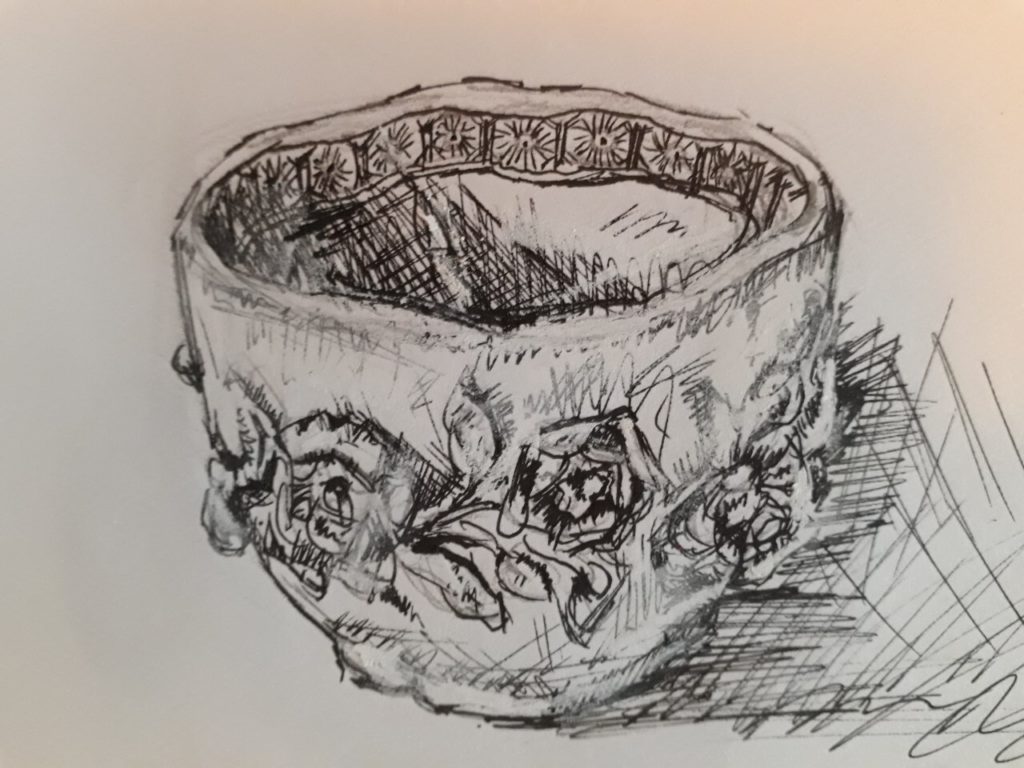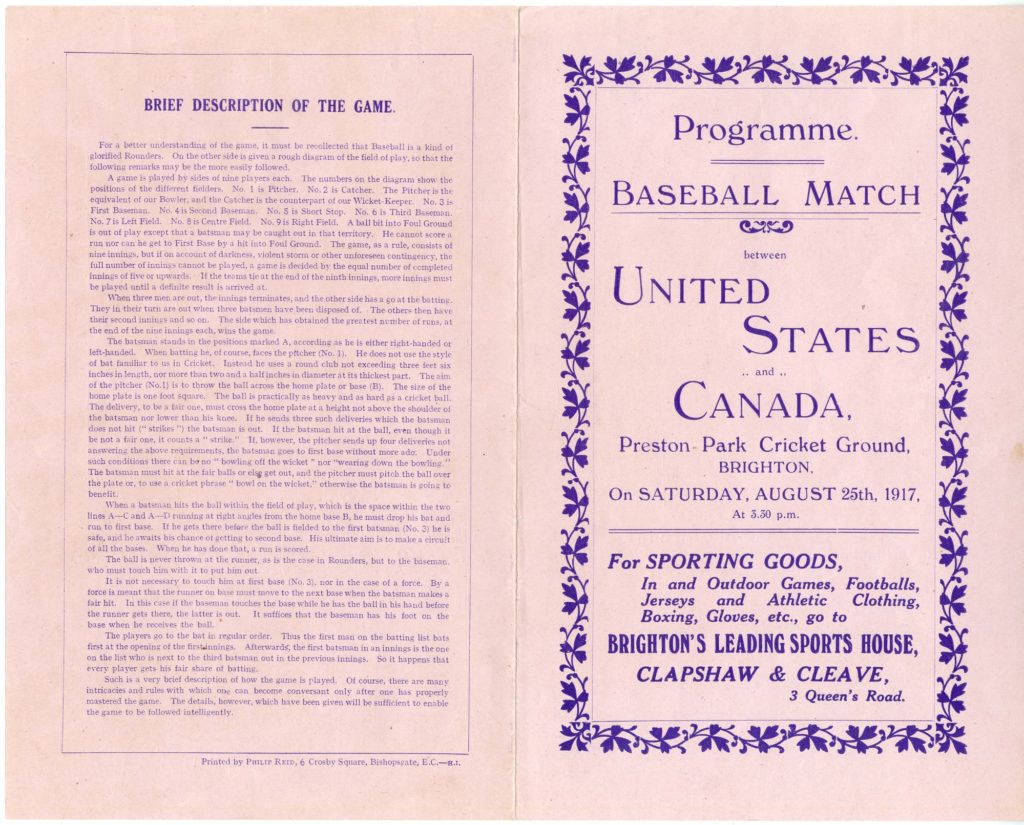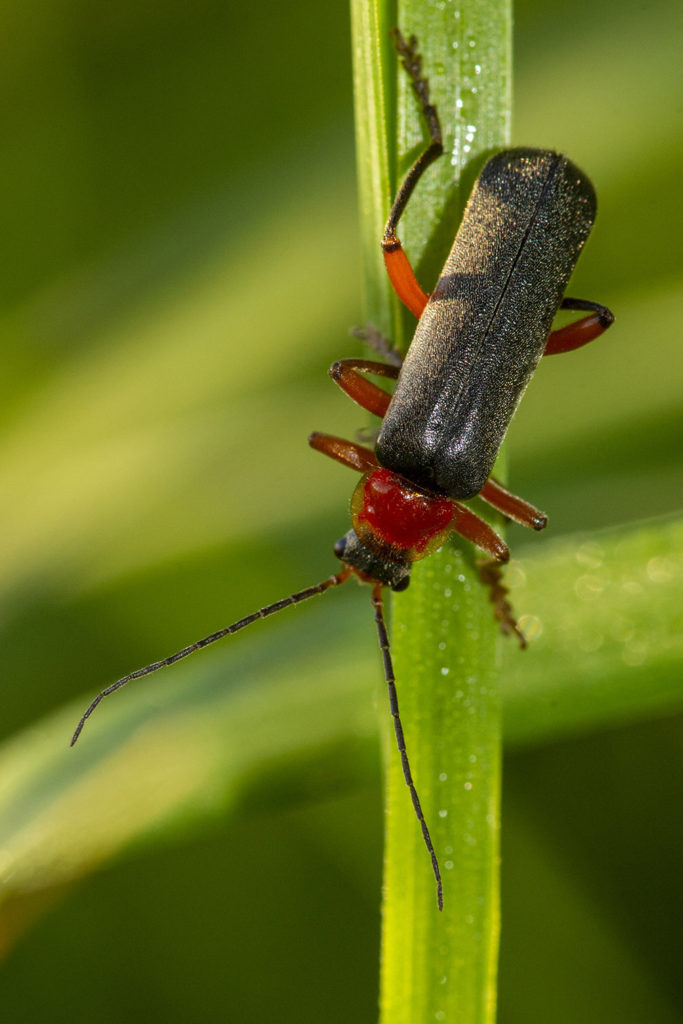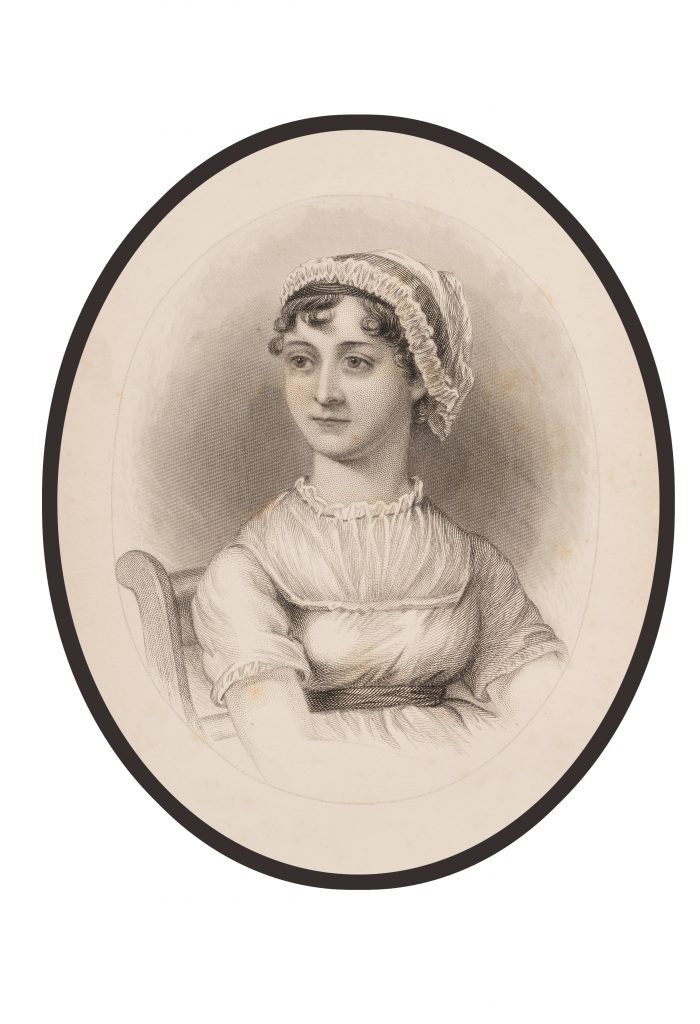
This is a legacy story from an earlier version of our website. It may contain some formatting issues and broken links.
She was one of George IV’s favourite writers, and Brighton famously features in one of her most popular novels, Pride & Prejudice, and in her unfinished last work, Sanditon, but can we claim Jane Austen as a Sussex woman? And what did she think of Brighton?
Alexandra Loske, curator of the 2017 exhibition Jane Austen by the Sea at the Royal Pavilion, has looked into the great novelist’s relationship with Brighton and the South coast.

Portrait of Jane Austen, after a drawing by Cassandra Austen
“If one could but go to Brighton!”
This is the excited exclamation by both Lydia Bennett and her mother in Pride & Prejudice. Mrs Bennett is considering the positive effects on her health and general well-being, noting that “A little sea-bathing would set me up for ever.” By contrast, for her two youngest daughters, the impulsive and boisterous Kitty and Lydia, the attraction of Brighton has clearly much more to do with the “campful of soldiers” stationed there. Both their father and sensible big sister Elizabeth are more critical, thinly disguising their worry about the corrupting influence of this most fashionable and notorious of Georgian watering places.
Water, sea bathing and seaside resorts feature prominently in both Austen’s work and her life. In the late 1790s and early 1800s Austen spent many holidays in resorts along the English and Welsh coast, among them Dawlish, Charmouth, Uplyme, Lyme Regis and Weymouth. Austen’s letters tell us that she enjoyed taking the waters as well as the social life and entertainment in these fashionable places, although there has always been much discussion about her attitude to Brighton in particular. She sends her more reckless, frivolous and silly fictional characters there, but the general assumption that the author herself disliked Brighton is a misconception.
Austen appears never to have learned to swim though, and, like many seaside visitors, relied on the help of a ‘dipper’ – a strong person who would lower you into the shallow water, usually from the steps of a bathing machine that had been pulled into the sea by a donkey. In 1804 Austen caught a fever while staying in Lyme and decided to take to the bathing machines. She wrote to her beloved sister Cassandra, who was in Weymouth at the time: ‘I continue quite well, in proof of which I have bathed again this morning.’

Map from The Three Grand Routes from Brighton to London, and the Topography of that Fashionable
Watering Place, 1815
It is likely that for Austen and other women sea-bathing was a form of physical enjoyment and even liberation. At times Austen even seems to have overindulged in dipping and sea-bathing. She reports in another letter: ‘The bathing was so delightful this morning and Molly [probably her dipper] so pressing me to enjoy myself that I stayed in rather too long, as since the middle of the day I have felt unreasonably tired. I shall be more careful tomorrow, as I had before intended.’

Bathing Machines (Brighton), after Thomas Rowlandson, 1790
Did Jane Austen dislike Brighton?
There is a widespread belief that Jane Austen was dismissive of Brighton. This unproven assumption is based on two things: the creation of the mildly disreputable, flighty and fun-loving character of Lydia Bennet in Pride and Prejudice, and a simple mistake in a published volume of her letters.
The first edition of her letters appeared in 1884, edited by Lord Brabourne and published by Bentley in London. Letter no.17 in this edition is one by Jane to Cassandra, written at Steventon,Hampshire, on 8 January 1799. It contains the line
“I assure you that I dread the idea of going to Brighton as much as you do, but I am not without hopes that something may happen to prevent it.”
This was a mis-transcription that would throw a long shadow. Jane Austen’s letter actually reads
“I assure you that I dread the idea of going to Bookham as much as you can do, but I am not without hopes that something may happen to prevent it.”
The next scholarly edition of her collected letters, published in 1932 and edited by R W Chapman, made the same mistake, and it was repeated again and again in countless publications, blog posts, articles etc because many writers use these older editions. The Braebourne and Chapman editions of Jane Austen’s letters have been digitised by many institutions and are therefore frequently used as a source of reference. The mistake was finally corrected by the scholar Deirdre Le Faye, who notes in her 1995 edition of Jane Austen’s Letters (Oxford University Press) that the word Bookham had been crossed out by Cassandra, which made the reading difficult. There is no negative mention of Brighton in any of Jane Austen’s letters. Bookham is a place near Effington in Surrey that Austen visited in 1799 and 1814, as her godfather the Reverend Cooke lived there, and it likely she simply dreaded yet another boring family visit.
Did she ever come here?
We now know that Austen may not have felt as negatively about the town as has been thought, and although she may have disapproved of some aspects of Brighton, the place was certainly a source of great inspiration for her. And as for the tantalising question whether the wonderful Miss Austen ever set foot in Brighton, my personal opinion is that she most probably did, but that it went unrecorded because she was likely in the company of her sister, so there was no need to write to her.

Old Steine, Brighton, 1796, around the time Jane Austen’s brother was stationed there.
There is much circumstantial evidence that she did come here, but sadly nothing concrete. Given her general love for the seaside, the many other places she visited in the South of England, that she wrote with such confidence about the seaside and watering places, and the fact that her brother Henry Thomas Austen, having spent some time in the town in the 1790s while serving with the Royal Oxfordshire Militia, would suggest that she had some first-hand knowledge of the place. I do like the thought of her enjoying the attractions of Brighton in the late 18th century, observing people, being amused by their behaviour, and making copious mental notes for how she could use the place and its people in her writing. I do so wish that one day we will find a note in an archive somewhere that proves she did come here. What a great addition to our city’s history that would be.
Alexandra Loske, Curator, The Royal Pavilion




